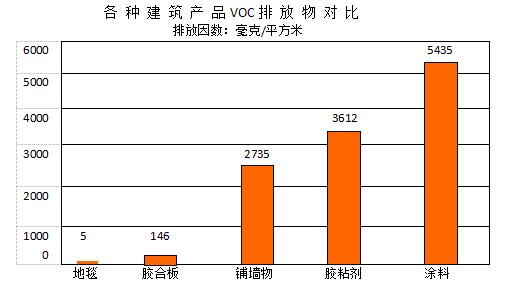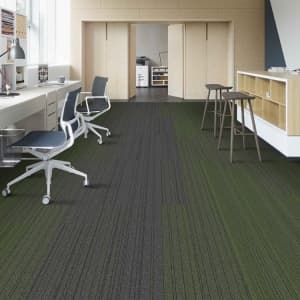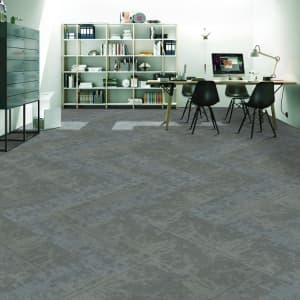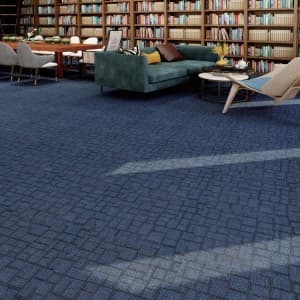Carpet and indoor air quality
 Jun 04,2024
Jun 04,2024

 Diamond Carpet
Diamond Carpet
In the past few years, the chemical odor of some carpets has become the focus of attention, once rumored that the chemical volatiles of the carpet are toxic to the environment, which caused debate, a number of scientific research institutions with different views abroad after several years of testing tests, and finally concluded that the chemical volatiles of the carpet in the floor are the least emission, and the chemical volatiles of the carpet will not cause harm to human health.

Indoor air quality pollutants, including chemical components, microscopic particles and bacteria, mold spores, among which the chemical components are "volatile organic compounds" (v0c), the chemical volatiles of carpet, according to the United States Environmental Protection Agency (EPA) organized test case calculation: The carpet in the building emits less voc, and other emission factors are 30 to 1000 times higher than the carpet.
The main component of the carpet VOC is "tetraphenylcycloethylene" (4-PC), which is a trace by-product of the carpet's bonding material synthetic rubber latex, that is, the kind of chemical volatiles that can smell the smell of the new carpet, and its concentration in the indoor air is extremely low, about one part per billion. American toxicologists have carried out a large number of testing tests on carpet 4-PC, and the results are not found to have a significant impact on the human body, consistent with the test conclusion of the United States Environmental Protection Agency that "the toxicology of the compound is not obvious", so the new carpet smell 4-PC is not a substance that can harm the human body in indoor air quality.
Although the carpet 4-PC emissions are very small and volatilize quickly, it is not harmful to human substances, but the carpet industry is still seriously improving the process to eliminate the new carpet odor 4-PC. The carpet "Green Mark" created by the American Carpet Association (CRI) is to test that the amount of chemical volatiles emitted by the carpet meets the strict acceptance criteria, that is, to wear the green environmental mark. Now more than 90% of carpets in the United States are wearing the CRI green environmental protection mark.
The Chinese standard GB 18587 is equivalent to the United States CRI standard, and most Chinese enterprises have been tested to meet the requirements of this standard.





 Home
Home Teach you 5 ways to get hotel carpet
Teach you 5 ways to get hotel carpet  You May Also Like
You May Also Like










 Tel
Tel
 Email
Email
 Address
Address






